Did you know there’s a volcano in Antarctica that spews gold dust? Yes, you heard it right! One of the most active volcanoes on the planet, Mount Erebus, not only releases molten lava but also sends tiny particles of gold into the air. How cool is that?
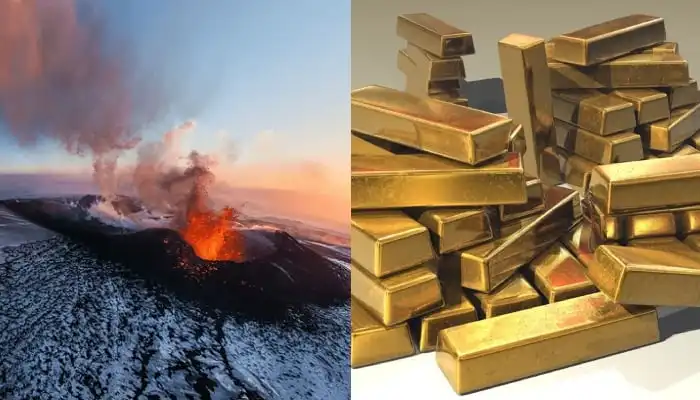
Mount Erebus: A Unique Volcano
Mount Erebus is located in Antarctica, the coldest and iciest continent on Earth. It’s known for being the southernmost active volcano in the world. While many volcanoes release lava, ash, and gases, Mount Erebus stands out because it also emits gold dust! That’s why it has captured the attention of scientists and adventurers alike.

This volcano releases about 80 grams of gold dust into the atmosphere every day. That may not sound like a lot, but over time, it adds up to a fortune. The gold is carried away by the winds and scattered across the icy surface of Antarctica.
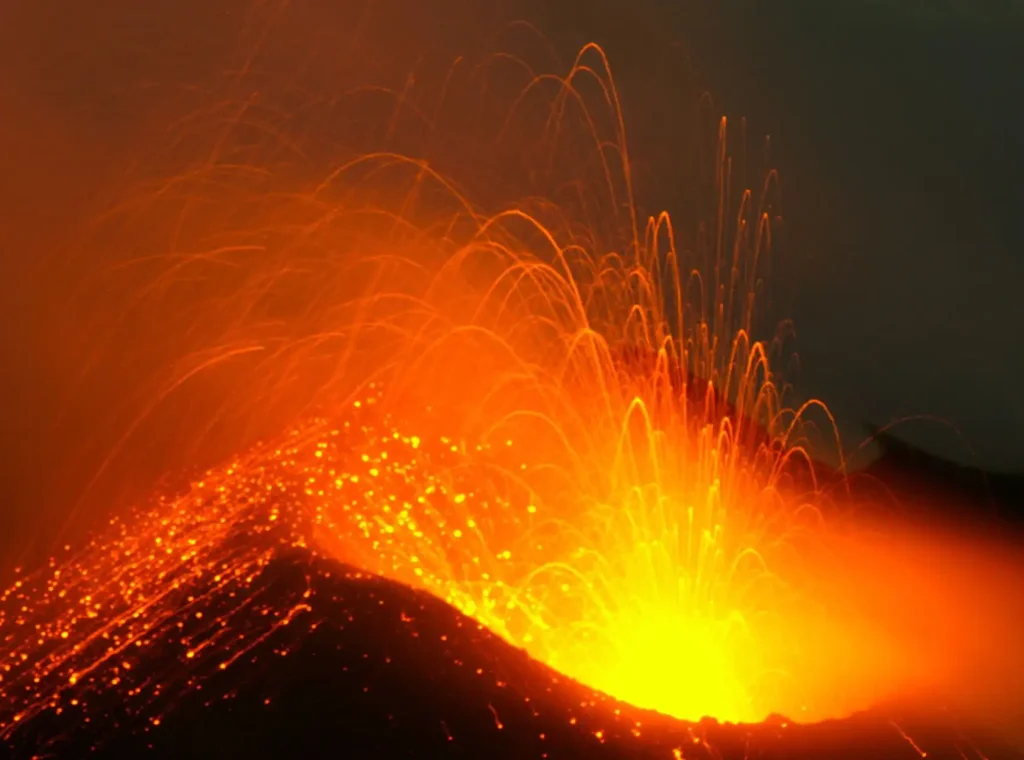
How Does Mount Erebus Spew Gold?
You might wonder, “How does a volcano spit out gold?” Well, deep inside the Earth, molten rock contains various minerals, including precious metals like gold. When this molten rock, also called magma, rises to the surface during a volcanic eruption, it brings those minerals with it. As the lava cools down, the gases escape, and in the case of Mount Erebus, tiny particles of gold are released into the air.
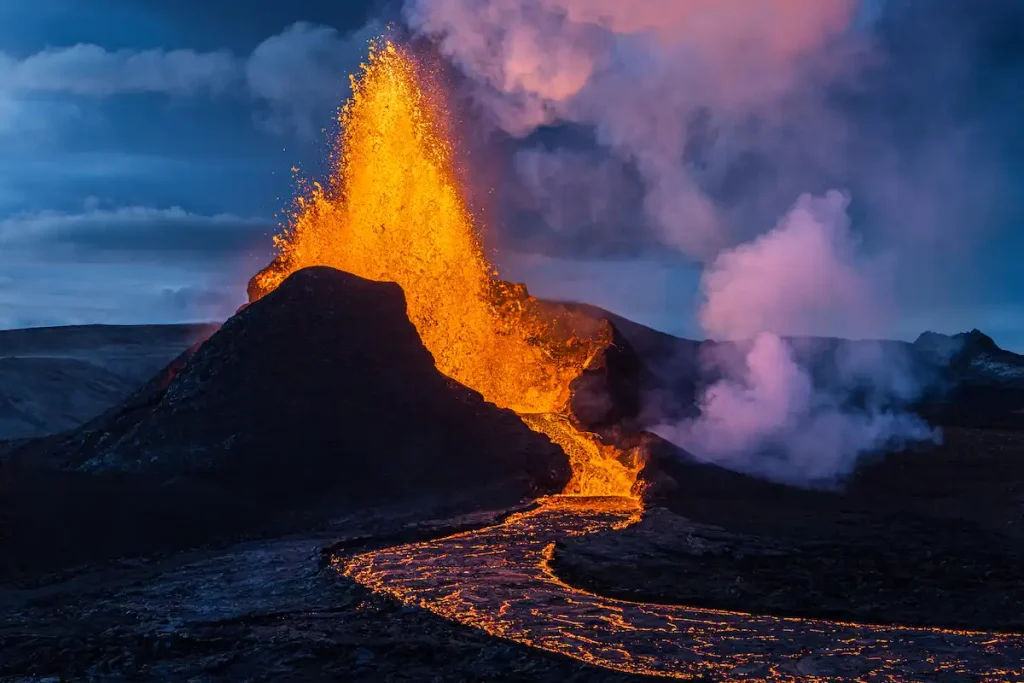
This process is quite rare, and that’s why Mount Erebus is so special. Imagine tiny bits of gold floating in the Antarctic sky. It’s like nature’s very own treasure chest.
Why is This Important?
You might think that collecting this gold would make someone very rich, but that’s not the case. The gold is spread over such a wide area that it’s almost impossible to collect in significant amounts. However, the presence of gold dust in volcanic eruptions helps scientists understand more about what’s happening deep beneath the Earth’s surface. It gives them clues about the composition of magma and the processes that occur during volcanic eruptions.
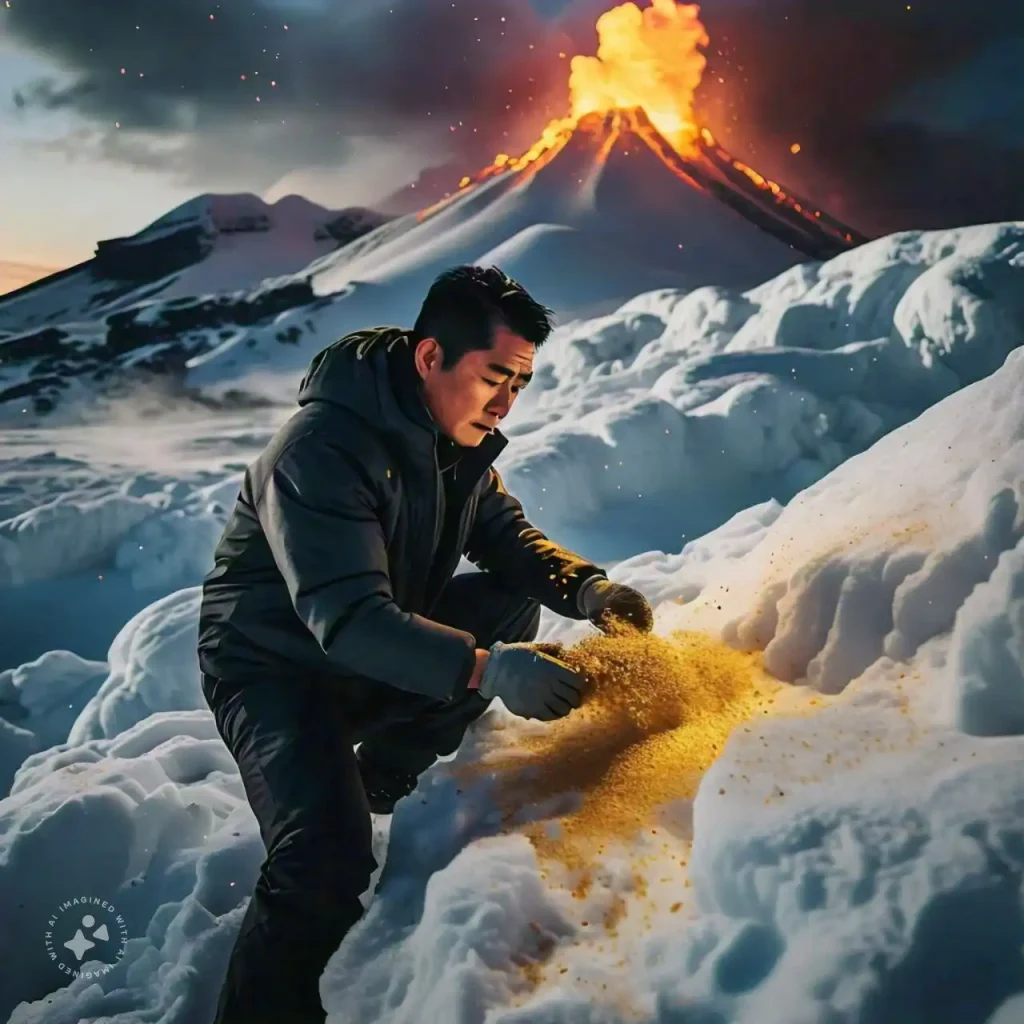
Scientists study Mount Erebus not just for its gold but also for its unique behaviour as a continuously active volcano. Its constant activity provides researchers with valuable insights into how volcanoes work and how they affect the environment.
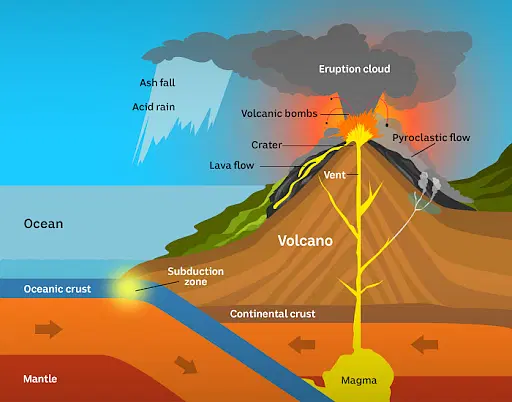
Fun Fact: A Volcano in the Coldest Place on Earth!
It might seem strange to have a volcano in Antarctica, a place known for its freezing temperatures. However, volcanoes can be found all over the world, even in icy places like Antarctica. The heat from the magma deep within the Earth creates volcanic activity, no matter how cold it is on the surface.
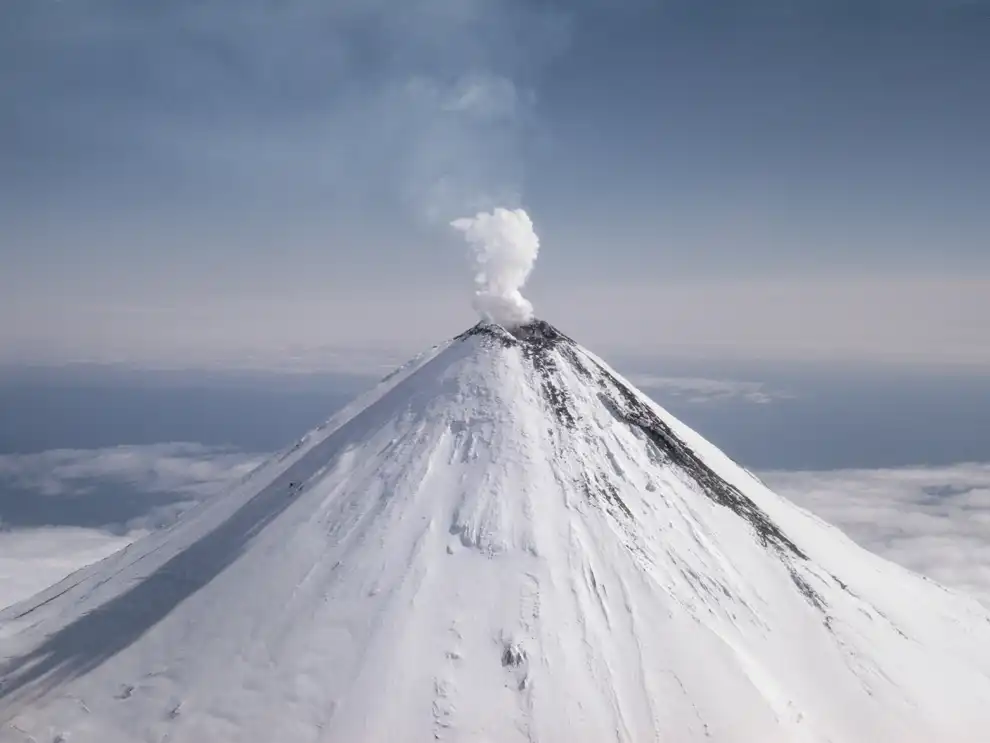
Mount Erebus has been continuously active for many years, making it a fascinating place for scientists to study. The fact that it releases gold dust makes it even more extraordinary.
What’s Next for Mount Erebus?
As researchers continue to study Mount Erebus, they hope to learn more about the processes that lead to the release of gold dust and other minerals. This information could help us understand more about how volcanoes shape our planet and the role they play in distributing valuable resources like gold.
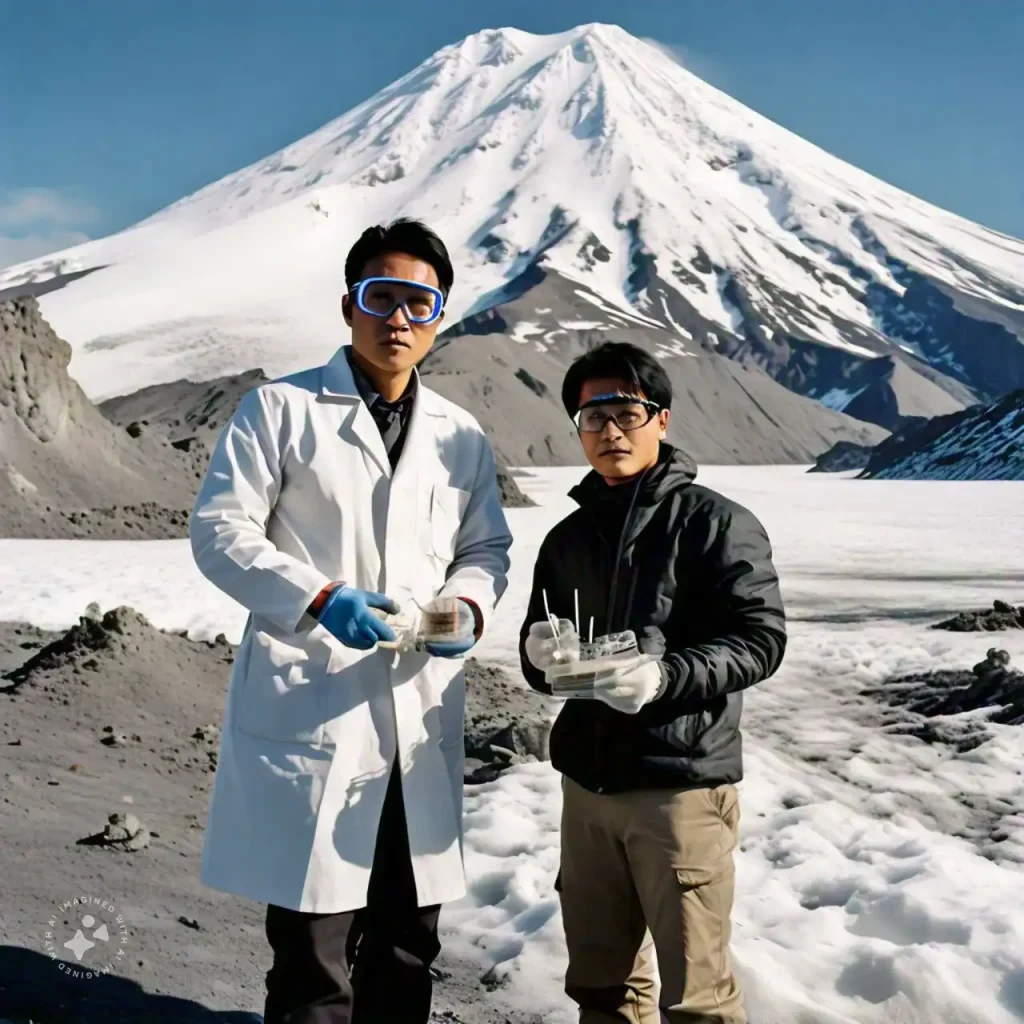
While it’s unlikely that anyone will be able to collect enough gold from Mount Erebus to become rich, the volcano’s ability to spew gold into the air will continue to capture the imagination of people around the world.
Conclusion
Mount Erebus in Antarctica is one of the most unique volcanoes on the planet. Its ability to spew gold dust makes it a fascinating subject for scientists and adventurers alike. Even though the gold is too spread out to collect, the volcano provides valuable insights into the workings of our planet’s interior. Next time you think about Antarctica, remember that it’s not just home to ice and penguins—it also has a volcano that spits out gold!
For more interesting articles, please visit www.kidzherald.com





